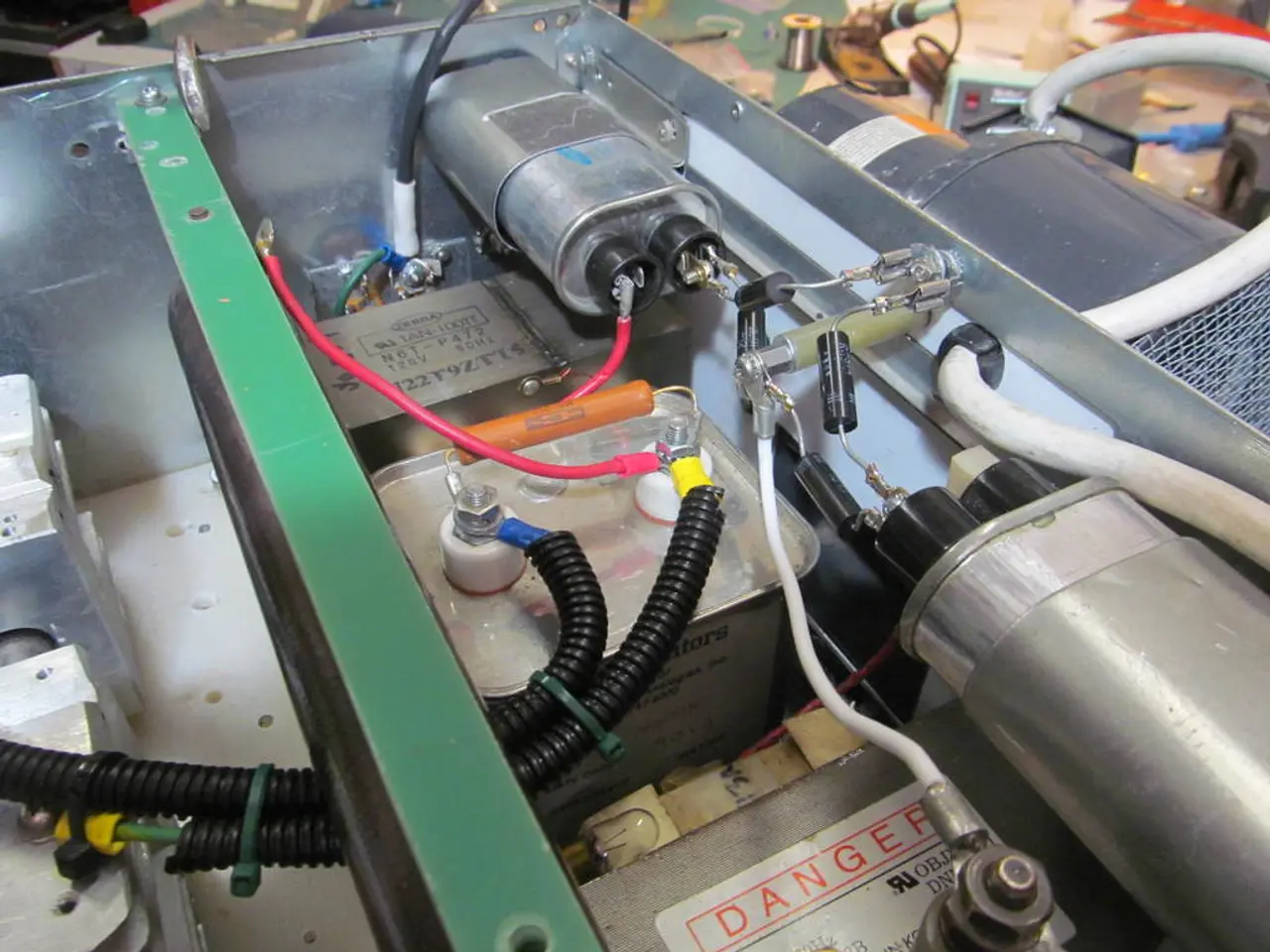Competition for Speed: Fiber Optics Challenging Classic Wired Connections
In the rapidly evolving technological landscape, more communities are embracing high-speed internet, unfolding boundless possibilities. This shift from traditional cables to a fiber-optic-driven world offers opportunities for economic growth, improved education, enhanced communication, and richer entertainment experiences.
Growing up in a small town with a slow dial-up internet connection, the writer can attest to the transformative power of high-speed internet. The personal transition from slow, unreliable internet to the speed of fiber optics serves as a reminder of the importance of being adaptable and informed.
Fiber optic internet offers significant benefits over traditional cable (copper) internet. Key advantages include vastly higher speeds, better reliability, enhanced security, and greater scalability.
- Speed: Fiber uses light to transmit data, allowing speeds up to 100 times faster than copper cable internet, often reaching symmetrical upload and download speeds of 1-10 Gbps or more, supporting heavy data usage like ultra-HD streaming and large file transfers.
- Reliability: Fiber cables are immune to electromagnetic interference, radio-frequency interference, and environmental factors such as moisture or temperature changes, resulting in more stable and consistent connections over longer distances than copper cables.
- Security: Fiber optics do not carry electrical signals, making them almost impossible to tap without detection. Damaged fiber cables can be identified quickly, whereas copper cables are easier to tap and compromise, affecting both privacy and network integrity.
- Durability: Made from glass or plastic fibers, fiber cables generally have a longer lifespan and better resistance to physical and environmental wear than copper cables.
- Symmetrical speeds: Fiber commonly offers equal upload and download speeds, unlike cable which traditionally has slower uploads. This supports improved cloud computing, video conferencing, telecommuting, and interactive applications.
- Future-proofing and scalability: Fiber’s virtually limitless bandwidth allows upgrades to higher speeds without replacing cables, catering to increasing household and business connectivity demands.
Impact on communities, especially underserved areas, is substantial. Fiber deployment brings high-speed broadband access to communities lacking reliable internet, enhancing opportunities for education, telehealth, remote work, and economic development. Its scalability and reliability support digital inclusion efforts and reduce disparities that slower, less stable copper connections create.
While fiber availability is still limited compared to cable, efforts to expand fiber to homes (FTTH) and neighborhoods (FTTN) aim to close service gaps. Fiber-rich networks underlying cable systems also contribute to broader network capacity and performance improvements that benefit customers even in mixed-technology environments.
Local governments collaborate with service providers to extend fiber networks into underserved areas, and technological advancements are streamlining fiber optic installations and driving down costs. Uninterrupted streaming and steady video calls are common experiences for friends after switching to fiber.
The writer's need for high-speed internet intensified during college, and frequent discussions about the necessity for homes to have adequate internet speeds are a regular occurrence. The writer's hometown's adoption of fiber optics showcased their commitment to improving quality of life.
Fiber optic installation costs initially had reservations, but long-term benefits far outweigh the initial investment. Friends who transitioned to fiber optics experienced seamless online experiences, and fiber optics symbolize progress itself. Some communities have initiated initiatives to enhance fiber optic accessibility, and the writer encourages others to explore their Internet Service Provider (ISP) options.
In summary, fiber optic internet provides superior speed, security, and reliability over traditional cables, and its expanding adoption is crucial for enabling digital equity and economic progress in underserved communities.
References:
[1] Broadband Now. (2021). Fiber vs. Copper: What's the Difference? [online] Available at: https://broadbandnow.com/resources/fiber-vs-copper
[2] Federal Communications Commission. (2021). Broadband Deployment Advisory Committee. [online] Available at: https://www.fcc.gov/general/broadband-deployment-advisory-committee
[3] Ofcom. (2020). The State of the Internet 2020. [online] Available at: https://www.ofcom.org.uk/research-and-data/telecommunications-statistics/adsl-broadband/state-of-the-internet
[4] Broadband USA. (2021). Fiber to the Premises (FTTP). [online] Available at: https://www.broadbandusa.gov/glossary/fiber-to-the-premises-fttp
[5] Broadband Technology Report. (2021). Fiber Optics – The Future of Broadband. [online] Available at: https://www.broadbandtower.com/fiber-optics-the-future-of-broadband/
- The high-speed internet from fiber optics has transformed the writer's experience, providing a stark contrast to their slow dial-up connections during childhood.
- Fiber optic internet offers enhanced security, as it does not carry electrical signals, making it nearly impossible to tap without detection.*Access to fiber optic internet brings about various advantages, such as improved education, telehealth, and remote work in underserved areas.
- The flexibility and scalability of fiber networks mean that they can cater to increasing household and business connectivity demands, and adapt to technological advancements.
- Expansion of fiber optic networks into underserved communities is being facilitated by local governments and service providers, supported by technological advancements that streamline installation and reduce costs.




